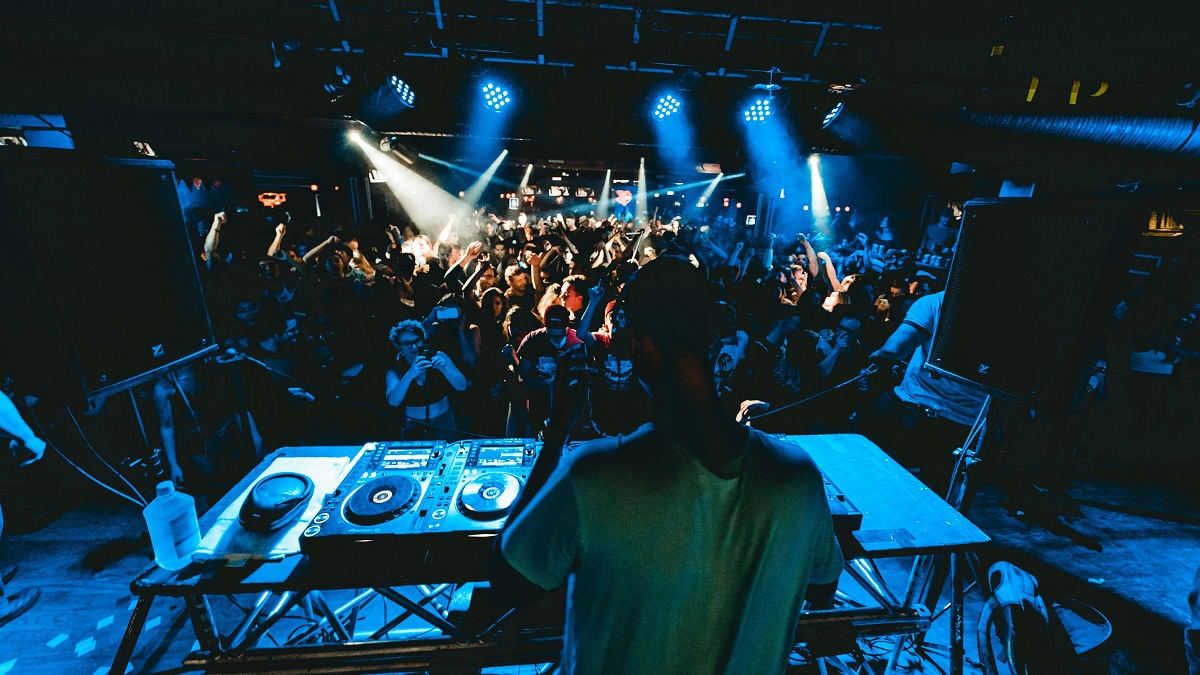
On this page: |
What is clubbing?
The term "clubbing" refers to taking part in nightlife and the dance music scene, particularly clubs, raves and dance parties. Alcohol and other drugs may be used by party- and club-goers who enjoy the psychoactive (mind-altering) effects while dancing and socializing.
Why do we do it?
For several decades, people have been going to dance events and clubs for all sorts of reasons. Some go to see their favorite DJ or artist and spend time with others who are interested in the music scene. They value the social connections and supports that develop through shared enjoyment of the music. Others enjoy the pleasure they get from combining music, dancing and drugs. For instance, they like the feeling of blending together with others on the dance floor. But clubbing can also have negative effects.
Stopping off at a bar and then going to a dance party can be an exciting way to spend a Saturday night. And, being surrounded by friends can enhance the fun (and help to reduce the risks). But most people discover that using more than modest amounts of alcohol or other drugs (or mixing substances) increases risk of harms. And, overdoing the partying can affect health, relationships and success at work or school.
What happens when we go clubbing?
When we go clubbing, many of us like the harmonious interactions with others on the dance floor and the intensity of dancing. Drugs can enhance or prolong this experience. But dancing for long periods in a hot room puts us at risk of high body temperature and fluid loss. And, combining alcohol or other drugs with physical activity increases this risk to our health.
Clubbing and partying can also be both beneficial and harmful to our social lives. Relaxing with friends over drinks at a club can help build bonds through sharing experiences. But when a few drinks turns into a few more, we may do or say things we regret or not even remember. And, while a small amount of a stimulant drug (such as methamphetamine) can increase our stamina when we are dancing, larger amounts may lead to agitation, affecting our interactions with others.
Signs of acute adverse effects
It is important to take breaks from dancing, rest in a cool room and drink moderate amounts of water (an upper level of 500 ml per hour).
Signs of overheating and dehydration include a strong, rapid pulse, lack of sweating, dry flushed skin, faintness, staggering, confusion and coma.
Signs of diluted sodium levels (from drinking too much water) include nausea, headache, confusion, fatigue, restlessness and irritability, muscle weakness, spasms or cramps, seizures and coma.
If someone you know shows signs of adverse effects, call 911 right away. Remain with the person and try to get them to a cool place. If the person is conscious, try to keep them awake. If the person is unconscious, roll them onto their side into the recovery position so they won’t choke if they throw up.
Recovery position
-
Raise the person’s closest arm above their head. Prepare the person to roll toward you.
-
Gently roll the person’s entire body toward you. Guard their head while you roll them.
-
Tilt the person’s head to keep their airway open. Tuck their nearest hand under their cheek to help keep their head tilted
How to make healthier choices about clubbing and drug use
Whenever we decide to combine clubbing with alcohol or other drugs, it is helpful to know the steps we can take to ensure that our experience is the least harmful possible. The following are some useful guidelines to follow.
Not too much. Managing the amount of substances we use in a given period and the length of time we are on the dance floor can help to decrease negative effects.
Tip: Set a limit on how much you will use on a night out and how long you will dance before taking a break.
Not too often. Limiting how frequently we use substances and how often we go clubbing helps reduce harms to ourselves and others over time.
Tip: Avoid using every time you go clubbing (e.g., link up with a friend who doesn’t use). Plan out the nights you won’t be clubbing (e.g., go to the gym).
Only in safe contexts. Making informed choices about where and with whom we go out helps to minimize harms.
Tip: Stay in the company of trusted friends. That way, you have someone to ask for help if a situation happens that feels unsafe or in case you get injured.
Lowering the risks
-
Plan a safe way to get home before even leaving the house.
-
Make informed decisions about the clubs and dance events you go to. It’s best to opt for venues that offer free or affordable drinking water and an area to take a break from the dancing.
-
Pay attention to surroundings once inside a club or dance event.
What to do if you or someone you know wants to explore change
To better understand how substances play a role in your life, visit the You and Substance Use Workbook. This website also features detailed information on substance use and mental health.
For information on treatment options and resources throughout BC, call the Alcohol and Drug Information and Referral Service at 1-800-663-1441. In Greater Vancouver, call 604-660-9382.
About the author

The Canadian Institute for Substance Use Research, formerly CARBC, is a member of the BC Partners for Mental Health and Substance Use Information. The institute is dedicated to the study of substance use in support of community-wide efforts aimed at providing all people with access to healthier lives, whether using substances or not. For more, visit www.cisur.ca.
